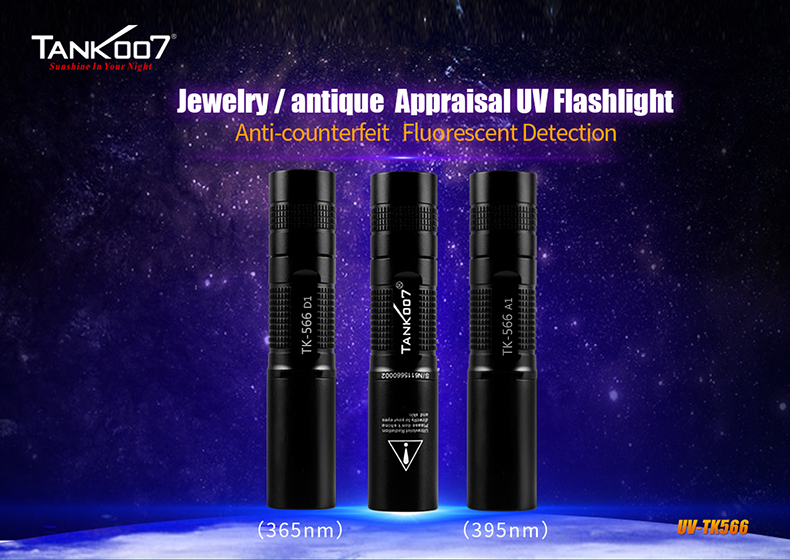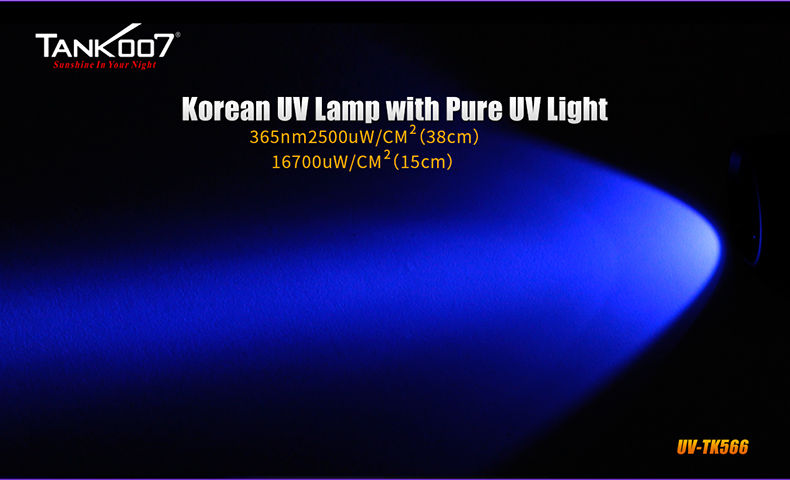UV (Ultraviolet) refers to ultraviolet rays. In the electromagnetic spectrum, the frequency is 30PHz-750THz, which corresponds to the general term for radiation with a wavelength of 40nm-400nm in vacuum. It cannot arouse people’s vision. It is invisible light with a higher frequency than blue-violet light.
Ultraviolet light can be divided into vacuum ultraviolet, mid-ultraviolet, and near-ultraviolet, corresponding to wavelengths <200nm, 200nm~300nm, and 300nm~400nm. We generally have practical significance in photochemical research and photocuring applications. The mid-ultraviolet and near-ultraviolet regions Ultraviolet light is usually divided into three bands: UV A (315-400nm), UV B (280-315nm) and UV C (200-280nm). UV A and UV B are mostly used in general photocuring systems, and UV C segment or even shorter wavelength light is used in the photolithography technology of integrated circuit manufacturing.
The photocuring process is through the chain polymerization reaction of the photoinitiator. The polymerization increases the molecular weight of the system and forms a cross-linked network, so that the liquid resin becomes a solid dry film. The photoinitiated polymerization reaction is divided into free radical polymerization and cationic polymerization. The next article will describe two different initiator systems in detail.

UVA flashlight
In the vacuum ultraviolet band, according to relevant reports, there is a new type of “excimer material”, which has the characteristics of high-grade matte texture, extremely comfortable skin feeling and smoothness after curing into a film, and does not even require an initiator. The principle is The acrylate used in the photocuring reaction has a typical absorption of the acrylate bond in the band less than 220nm, and the use of a 172nm excimer xenon lamp can lead to self-initiated photopolymerization of the carbon-carbon double bond of the acrylate, which has been theoretically established at present. After being verified, new progress will be pushed to everyone in the later period.
In the field of curing, the wavelengths of commonly used ultraviolet flashlights are 365nm, 385nm and 395nm. UV flashlights with different wavelengths have different curing effects, as follows:
UV340 Ultraviolet Reagent Detection Flashlight_UV Flashlight
365nm UV Torch: This UV torch is the most common one and is widely used in the curing field. Its ultraviolet radiation is relatively concentrated and can accurately irradiate the surface of the object to be cured, so it can achieve rapid curing.

385nm ultraviolet flashlight: Compared with 365nm ultraviolet flashlight, 385nm ultraviolet UV flashlight has a longer wavelength and a wider range of ultraviolet radiation. Therefore, it can irradiate a larger area of the object surface at the same time, improving the curing efficiency.
395nm UV Torch: 395nm UV torches are between 365nm and 385nm in terms of UV radiation intensity and coverage area. Its advantage is that it can make the color reaction of the surface of the object more obvious, and it is convenient to observe the curing effect.
It should be noted that different types of curing agents will have different optimal curing wavelengths, so you need to choose according to actual needs when choosing the wavelength of the UV flashlight. At the same time, in order to ensure the curing effect and safe use, it is recommended to use a professional ultraviolet flashlight to avoid damage to the environment and human body.
UV Torch | UV Light Flashlight | Police Flashlight | UV Flashlight Black Light | LED Flashlight Wholesale | UV Flashlight
Copyright 2002-2022 Shenzhen Grandoor Electronics Co., Ltd. (Tank007)粤ICP备10078715号